20th Century: The Noise
Usually the release of a comprehensive retrospective album signals the writing on the wall for an artist’s career. This is not the case with John Foxx however, whose output over the last 5 years has been non-stop, both with THE MATHS and in various instrumental guises including with Diana Yukawa, Harold Budd, Steve D’Agostino and Robin Guthrie.
Now well into a fifth decade as a recording artist, ‘20th Century: The Noise’ sees his solo career being reviewed and in places thrown into sharp relief. As expected ‘Metamatic’ looms large over the collection, the album rightly taking centre stage in this release, which will be complimented by a corresponding 21st century album. There are other moments however that show, from a musical perspective, how much of an all-round artist Foxx truly is.
This is no singles and a few remixes offering, but an attempt to not only showcase the many facets of the man’s work, but also possibly encourage a more casual listener to explore more… yes children, ‘Underpass’ can be a Foxx gateway drug. The compilation’s rare treats include the ‘Cathedral Oceans’ era ‘Splendour’ and an unreleased instrumental track from the vaults entitled ‘Musique Electron’.
ELECTRICITYCLUB.CO.UK spoke with John Foxx about ‘20th Century: The Noise’ and his wider career.
With ‘20th Century: The Noise’, how did you go about selecting the tracks featured?
Oh, I let other people do it – better perspective. I got to learn the art of delegation. Of course I have a final say, but other points of view are vital.
Is it similar to putting a live set together as there is an expectation an album of this type will have to feature certain songs?
I’m open to discussion about that too, because my perspective seems to be a bit different from everyone else. It’s interesting. I guess a writer’s view differs from a listener’s. Subjective versus objective and all that.
How does this compare and differ from other retrospective releases?
I guess it’s a sort of solo career overview – 1979 to now. ‘Metamatic’ was recorded in ‘79 and released January 1980. There’s some recently uncovered stuff – that ‘Musique Electron’ track is really a whole direction never taken – or at least not consolidated and I’d still love to pursue it – All analogue Mysterious Tunes.
Anyhow, it’s an indication of a possible future direction, which may still be undertaken at some point – for anyone who may be interested. ‘Splendour’ is a track I’d completely forgotten – released on a rare label in America and discovered by Rob Harris and Steve Malins on one of their foraging expeditions. It was actually a precursor to ‘Cathedral Oceans’.
I’ve got a few personal favourites in there as well – ‘Through My Sleeping’ and ‘The Noise’ with Louis Gordon – that was our Manchester Psychedelic era, great fun. ‘This Jungle’ too – done very quickly with Jo Dworniak on a great old TEAC eight-track machine. Everything turned up to eleven, tape compression to the max.
There are also some new transcriptions from decaying tapes – a box or two to go but we’re almost finished searching archives now. Except I’ve just found another lot of ‘Metamatic’ masters and some cassettes in a storage unit – they may be the last, if they’re still playable.
You were born into what seems a very traditional Northern working class family, how did this shape your early musical identity?
I was a Catholic until I became a teenager and converted to puberty. Earliest music memories are sung Latin mass and benediction in church, and hearing Elvis, Frank Sinatra and Frankie Lane on the radio and on my uncles’ records. So I guess I was always immersed in very ancient and completely contemporary forms of music, without differentiating them.
A little later, the sixties beat boom hit and suddenly there were bands on every street. You’d wander over to listen to rehearsals, your mates would show you a few guitar chords and off you went. A nice, rough and ready musical education.
You attended the Royal College of Art at a time where there seemed to be an explosion of creativity across all the arts in the UK. What are your memories of this time?
Art school was really valuable – I went to The Harris College of Art in Preston, a marvelous old neo-classical temple looking down a Georgian avenue of trees at Avenham. Beautiful. I was lucky enough to catch the last generation of traditional art education – drawing from life and classical casts four hours a day, and so on. Immensely valuable stuff, I now realize.
I remember it as meeting civilization for the first time. A vast change after growing up in Chorley, which was all terraced houses and factories then. I still have a real affection for that town, but wasn’t able to pursue what I needed to do there. I had a truly great Art teacher, Mrs Ashworth, who sorted out the interview and encouraged me to go. She really changed my life through all that. Wonderful woman.
Art School then was an existence separate from the rest of society and from there you could begin to assess things – figure out how to negotiate the world, intervene a bit and also engage everyone in the fun of the process – and so on. You could be bold and experimental or retreat from everything by turns. You could try things out. Of course, you also had to learn how to filter out the bogus and mistaken and there was always plenty of that.
No one really knew where they were going, but everyone seemed determined to be as inventive as possible, all along the way. So I met my generation and a wider world. I was able to measure myself against it all and have great fun at the same time. At best, you got an education in strategy – how to deal with problems that will always occur when you set out to make your own universe and survive by it, long term.
You also picked up things by osmosis from everyone else – you learnt how to read the street – by which I mean you pick up a steady perspective that allows you to see and understand new things happening in a reasonably unprejudiced way. Lots of little lessons in style and behaviour and analysis that I still draw on today – and I guess I always will.
Was there a particular reason at this point why you gravitated towards music as a primary artistic outlet?
Yes – there was no call for the kind of art I was producing then. I was a figurative artist in a post-abstract pre-conceptual period. This was well before Brit Art and all that. Strangely enough there also wasn’t a really big or active art scene left in London at that time. Everything had shifted to New York. I was tempted to go there – and some, like Sue Coe who I was at The RCA with, made the trip and made a career there.
But I’d had a talk from Professor Richard Guyatt and this interesting phrase came up – ‘Design for the Real World’. The talk concerned the nature of design – how to design with the heart – make real and useful as well as imaginative and lasting things, and so on. It stuck with me. It seemed like a marvelous merging of art and everyday life…
I thought what do I really know about making? Well, not much in truth, but I’d been in a couple of rock bands up north and knew just a little about that. So later I mentioned to him that I’d like to design a band. He thought for a minute, then said: “Good idea, go ahead”.
It was meant to be an art project for a year or so – write songs, form band, play gigs, get record deal, make album. Then that would be it. Little did I know…
What was London like in those early TIGER LILY / ULTRAVOX! days for aspiring bands, as my impression is you didn’t appear to be in the pub rock mold of the likes of ACE or KILBURN & THE HIGH ROADS?
Exactly – London was a bit of a desert then –this was around 1973/74. Glam had lifted everything off the streets and out of the clubs and shifted it into some sort of unreachable universe. As you said, there was only pub rock left and I really disliked that. A bit too sticky and laddish. There was still a little life around the Marquee in Soho, but that was it.
In retrospect, a downturn is actually the best point to arrive, because you get a chance to remake everything the way you want, and a new generation will eventually recognize things that resonate accurately with their times.
I was really interested in THE VELVET UNDERGROUND, IGGY POP and NEW YORK DOLLS; I thought London needed something like that. A proper scene – arty but rougher and more street than Roxy or the glam scene, which was all so deliberately elitist and inaccessible at the time. I was designing what I really wanted to hear. No one was making it, so I thought I had to do it myself. This was around 1973/74. Just after that I discovered NEU! and all that German scene, which changed everything.
A little later, I encountered Mick Jones from THE CLASH and a few others who became seminal to the very beginning of punk. You’d see them at key gigs like the PATTI SMITH gig at the Roundhouse, and some of them came to see us play a couple of times. You’d begin to realize there was this floating sub-generation getting ready, and we were all part of it. Completely unexpected. You could feel the hand of destiny…
What do you recall about working with Brian Eno on those early recordings? I’ve read that you were, as a group, surprised by his naivety in the studio.
Oh, Brian Eno was great to work with. It was good to hear his stories and enact his strategies. He wasn’t greatly experienced in studio craft but he was a good co-conspirator, someone with a useful overview, who understood where we wanted to go. He was just what we wanted, really. A sort of art approach to recording. You’d take what seemed useful and avoid what wasn’t – take chances, see what happens, assemble, salvage and discard until you got what you want. Great fun.
As technical backup we had Steve Lillywhite – a very young character still serving a proper apprenticeship as recording engineer and we’d already recorded a lot of key material with him. He was one of the gang in those days, so there was no conflict there.
It was an interesting chemistry we all instigated in that studio. Brian realised how well it worked so he and Lillywhite worked together on U2 and other projects afterwards. We also had Keith Richards stumbling gracefully in and out, but that’s another story.
How disappointing was the lack of commercial success for the band both at the time and in retrospect given we are now celebrating your solo career with this new release?
It was inevitable I guess – the Brit version of punk made a great start – all designed by the great Vivienne Westwood and strategised by McLaren- another couple of Art School refugees – but it rapidly became ossified into a set of daft conventions.
Meanwhile the press were scrambling to adjust to the Pistols and completely screwed by McLaren’s brilliant and effective blagging – simply unable to cope with anything else. Blinded by it. We were all working class kids who wanted to broaden our horizons, not narrow them down again, so we were simply not going to act out that fake yob stance. It was demeaning. Then some bright writer invented the term ‘New Wave’ – and there was suddenly a context. After that, it was fine.
In retrospect, we had just enough perspective to recognise when a timely revolution became unwittingly conservative. Now I simply see the whole thing as a damn good, practical lesson in escaping convention, the value of your own convictions and the limits of media perception.
I was talking to Vincent Gallo recently, about seeing us play in New York in 1977. He seemed surprised we didn’t stay there because we were a perfect fit and had lots of room to develop. It was the same in Berlin and even Paris, too – an international understanding of raw avant-rock. Meanwhile, England was all shouting and back to the pub again!
But there was a genuine and solid interest at home too, all completely under the press radar. By ‘77/78 our gigs were all sold out, right across the country. We still hold the all-time record for cramming people into the Marquee club – far more than anyone else ever had. Outside London, promoters were amazed that we had audiences several times bigger than chart bands. The tides were turning…
Around this time too, a few perceptive clubbers, such as Rusty Egan – who I always rate as the very first modern DJ – also began playing us and our kind of music, so there was a further gathering impetus from that too. It all came from the street up. A real groundswell, invisible to the press at the time. For quite a while, they still seemed tangled by punk and found it difficult to see through any other lens.
In retrospect, I think we were one of the first of a new line of British Rock – sort of artpunk electronica- and later, a long stream of that developed – JOY DIVISION to RADIOHEAD, and beyond to APHEX TWIN and BURIAL – imaginative music involving adventure and a rangy sort of confused romance. It’s a genre of a kind, and for me it’s by far the most interesting part of British music.
Having been in a collaborative environment, did you find striking out solo daunting?
Oh no – it was a liberation. In many ways, life became much easier. You didn’t have to consult and negotiate any more. You could also be more extreme. It was still collaborative to some extent – Gareth Jones was a great co-conspirator and through him I was able to draw on very bright guys like John Barker and Jake Durant. The only thing I missed was that frisson you all get when a band suddenly reaches peak communication and understanding.
It can be quite magical and this was beginning to happen so well at the time of recording ‘Systems of Romance’. But the total electronic thing was calling urgently and had been for some time… so it just had to be done.
The most frustrating thing was I didn’t yet have a role for Robin Simon. He is so good. Much of the reason ‘Systems Of Romance’ sounds like it does was down to him. He truly set the mark, a great injection of energy and inventiveness, and the possibilities just opened up. A mighty and wildly imaginative artist who absolutely defined what guitar was all about for generations to come. You know, every modern guitarist owes him a debt – weather they know it or not. Guitar just didn’t operate like that before him.
What are your feelings looking back on ‘Metamatic’?
I think it was a bit of punk electronica at the right time – just before everyone else raided the shed. Historically, perhaps it defines an impulse – something that wasn’t possible before – one man and some cheap machines making music independently. You felt like some Film Noir scientist inventing a new life-form in the basement.
I also think it was the beginning of Electro-Art-Punk or something like that. A strange wee animal. Seems to have bred copiously with everything available and still survived – right to this day.
You have stated that the music from around this time was ‘True Electropunk’. How aware were you of the other acts making similar work in cities across the UK?
Electropunk – that’s the term. I was aware of Robert Rental and Thomas Leer – I’d been to see Thomas after he released ‘Private Plane’ because it was a great record.
I also liked THE NORMAL’s ‘Warm Leatherette’, CABARET VOLTAIRE’s music and aspects of what Chris & Cosey were up to. They were all in the same wave as far as I was concerned. It was a new movement, but kind of coincidental – loose and unconnected at first.
I also think all the anger of Punk became transmuted into a new kind of cool, right at that point. You can scream and jump about but you’ll quickly become exhausted and ineffective. A cool anger is much more useful. I guess we are social animals and have to contain anger, or become socially isolated. So we learn to sublimate – painful but productive.
Later, this can be widened to allow glimpses of romance and wonder, and these become even more poignant because of that detectably contained fury. It’s all tragic, urban and a bit bewildered. And that fuel makes it more universal and mobile because everyone recognizes the symptoms. Good art of any kind provides an analogue of all this. It’s all far more complex and interesting and long-lived than a simple release.
You could detect all these possibilities embedded in the music. It wasn’t going to be like KRAFTWERK – this wasn’t going to become confined by its own conventions like that, or like Punk. It was inclusive and could be enlarged and inhabited by many disparate species – from GIORGIO MORODER to RADIOHEAD, GARY NUMAN, DEPECHE MODE and THE HUMAN LEAGUE to PULP and BLUR, APHEX TWIN and BURIAL.
It could interbreed with rap, even give a spine to Britney and Gaga – without losing its volition. It’s still interbreeding in New York – XENO & OAKLANDER, THE SOFT MOON, MATTHEW DEAR… and here, with GAZELLE TWIN and LONELADY, HANNAH PEEL, BENGE and the others. It’s like some intelligent, abstract gene-force, seeking new forms all the time. A bit like ‘The Thing’ – capable of exponential infiltration and shape- shifting. Inevitable Music.
You went back to a more traditional band line-up on subsequent releases, did you miss working with others, or was it just for expediency in the recording process?
Both really. I always enjoyed the chemistry you get from a few well-chosen people involved in recording. It’s really a collaborative art and I’ve always enjoyed that. I like writing the songs and I like what other people can do with them.
How did you balance running what was a successful studio in The Garden with working as an artist in your own right?
Wasn’t easy – I often had to hire somewhere else because my own place was over-extended. I remember I couldn’t let the COCTEAU TWINS in because Nick Cave was recording, followed by SIOUXSIE & THE BANSHEES, so I often had to hire the Barge studio from Virgin or Sarm East or Utopia in Camden. It was mayhem at times. That’s why I eventually sold it – couldn’t book my own studio.
Can you explain the frustrations you felt that lead to you retiring from music after ‘In Mysterious Ways’?
I simply didn’t like the mid to late eighties scene –all perfect pop and white soul. I suddenly felt isolated. I remember one day finding myself half-heartedly toying with some sort of sh*tty pop music while longing to be out of the studio and working on something visual.
So I thought right that’s it – time for a change. Sold the studio and went back to graphic art, where I had a great time for about ten years and was lucky enough to establish myself without using JOHN FOXX at all. Simply left him in the fridge for a bit. Perhaps forever – or so I thought at the time.
You always seem to be ahead of the curve musically, what drew you to firstly the House scene and then, subsequently music for computer games?
Well, I went to James Pinker’s house in Vauxhall and heard Acid for the first time – around 1987/88. It was a great experience – a new underground evolving from post-industrial Detroit, using analogue instruments rescued from skips and pawn shops. “Bleep, Wirp, Boom” – I was right at home again. Went out to Brixton, saw Leigh Bowery in action, weird clubs opening momentarily, one-night warehouses, sound systems. A real new flourishing underground scene, kicking off everywhere. Great relief, nothing happens without that. Then Tim Simenon turned up wanting me to do some music, Warp wanted a video for LFO, so Foxx was out the freezer and into the microwave…
The computer games came from working with BOMB THE BASS. Tim’s label had hooked up with THE BITMAP BROTHERS. They’d liked ‘Metamatic’ and wanted some current electronica for their new games. I’m always interested in new electronic media, so I recorded a couple of ideas, went off to meet them and we all got on well. It was fun- and ‘Gods’ got to No1 in the games charts.
With computer games music, did you find your background in graphic design valuable?
Only in as much as it was a vaguely illustrative form – but that was the interesting bit – you had to make a sort of possible sonic world for a new visual form, initially using a very limited repro device. I also liked the people I was working with –The Bitmaps were part of another new generation – the first computer heads – and it was good to be in there and generating stuff for the future.
You returned to music just before the new millennium. In that intervening period, beyond the work mentioned above, were you writing or did you completely withdraw from musical activities?
Oh, I was writing and casting about a bit – finishing bits of the ‘Quiet Man’ book, making the images for ‘Cathedral Oceans’, beginning to make little Super Eight films and computer videos, continuing recording ‘Cathedral Oceans’ music and other experimental ideas- plus playing and recording piano music, lecturing at various art schools – and so on. There was plenty going on.
You have released a number of more ambient albums since your return, both solo and in collaboration with other notable artists like Diana Yukawa in GHOST HARMONIC. What artistically do you get from these you don’t get from the releases from say JOHN FOXX & THE MATHS?
Well, they cover a different emotional and sonic spectrum – more concerned with tranquility and contemplation. Music with beats can’t address this at all. Plus we’re all very intrigued by what can happen when a fine classical musician like Diana works with recording studio techniques in our non-conventional ways. There is great, unrealized composition potential there. After doing this GHOST HARMONIC album, I think we all realized that we’re only at the very beginning.
And how do you react to fans feedback, clamoring for more traditional song based albums?
Oh, I feel the same, but I’ve only got one life. The songs will arrive soon. There’s plenty more to come. Lots of stuff still in pieces, waiting for final assembly. Plus some other brilliant people I really want to work with – GHOST BOX, LONELADY and Jori Hulkkonen again, Diana, Rob Simon and Clint Mansell. BENGE is always so good to work with too. It’s a nice, big, ever moving world.
The music industry has changed dramatically since you first stepped into a recording studio. What are your general feelings about the business today and have they changed since that decision to retire 30 some years ago?
The music is richer, more varied, more accessible, but the price paid is there’s far less money around. After the means of distribution became electronic, Apple made their land-grab for the universe and record companies and PRS proved so utterly ineffectual in the face of all that.
So perhaps we look at the past as a sort of golden age, like Hollywood, and music like this becomes a sort of folk art again – mainly concentrated into live performance – even perhaps a new sort of cabaret, since it’s really an urban form. Maybe that’s no bad thing. I’m looking toward the future with great interest. Just watch out for the drones.
You now have the ability to have a greater degree of control over your product with self-releasing etc. Is this, as an artist in the fullest sense of the word, something you welcome, or does it present its own issues?
No, it’s truly a great position to be in – the best you could wish for as an artist. Of course you need good collaborators, but independence means creativity – and vice versa.
There’s a lot of fetishism around the sort equipment you used on ‘Metamatic’ and still use on THE MATHS releases. What are your views on this and things like softsynths and Logic / Abelton?
Oh, I like ‘em all –where appropriate. No prejudice. Analogue is a bit more complex –still mysterious and rebellious. Digital is more controllable. Use where necessary. Avoid anything with a multi-function menu!
Putting ‘20th Century: The Noise’ together, you’ll have had time to reflect on your career. What have been the highs and lows of the last 35 years?
Highs – Everything… quite honestly, it’s all been a lot of fun. A big adventure.
Lows – Shoreditch and Spitalfields going the same way as Carnaby Street and Portobello.
And is there anything you would have done differently?
Lots, but only in retrospect. At the time, of course, I always behaved immaculately.
ELECTRICITYCLUB.CO.UK gives its sincerest thanks to John Foxx
Special thanks to Steve Malins at Random PR
’20th Century: The Noise’ is released on CD by Metamatic Records
https://www.facebook.com/johnfoxxmetamatic
https://twitter.com/foxxmetamedia
Text and Interview by Ian Ferguson
25th June 2015

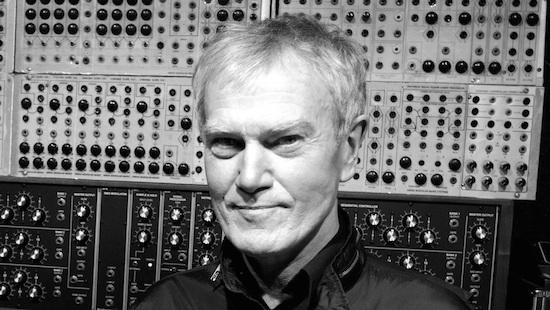
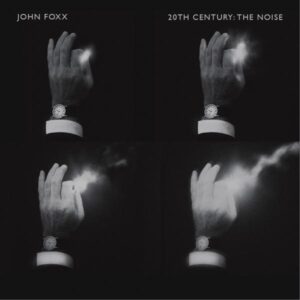
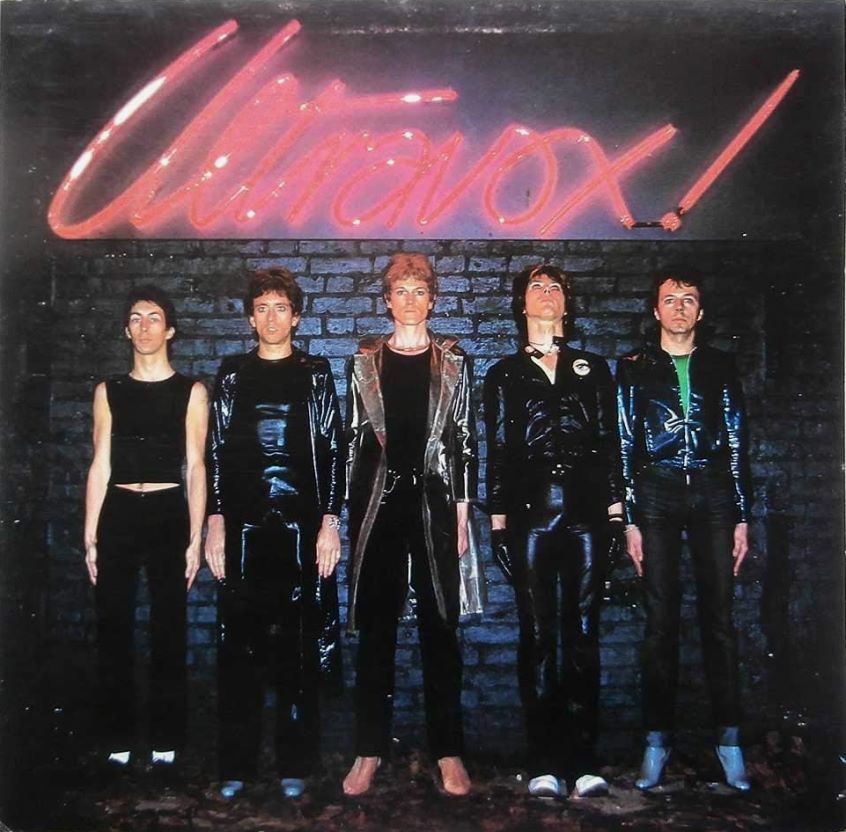
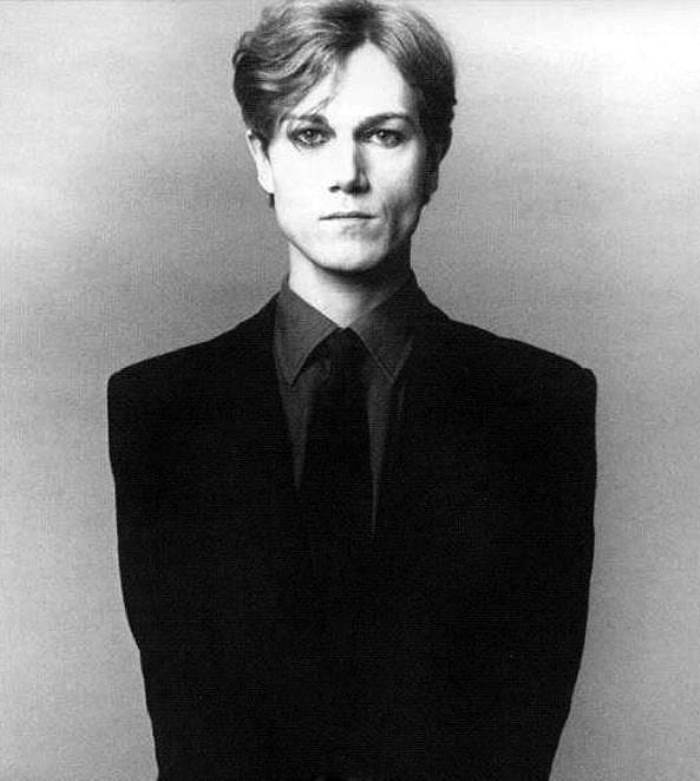
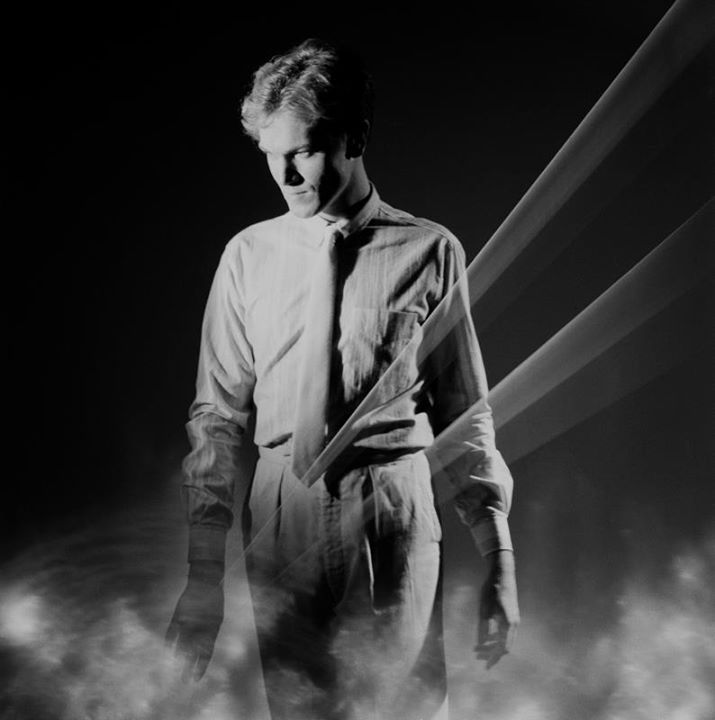
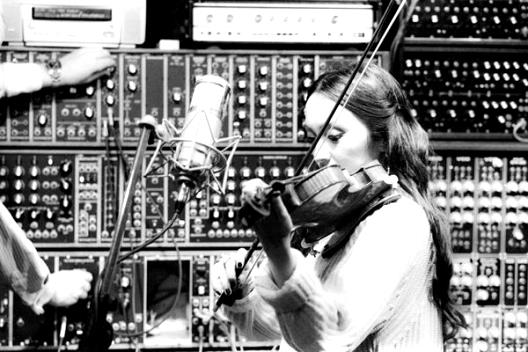
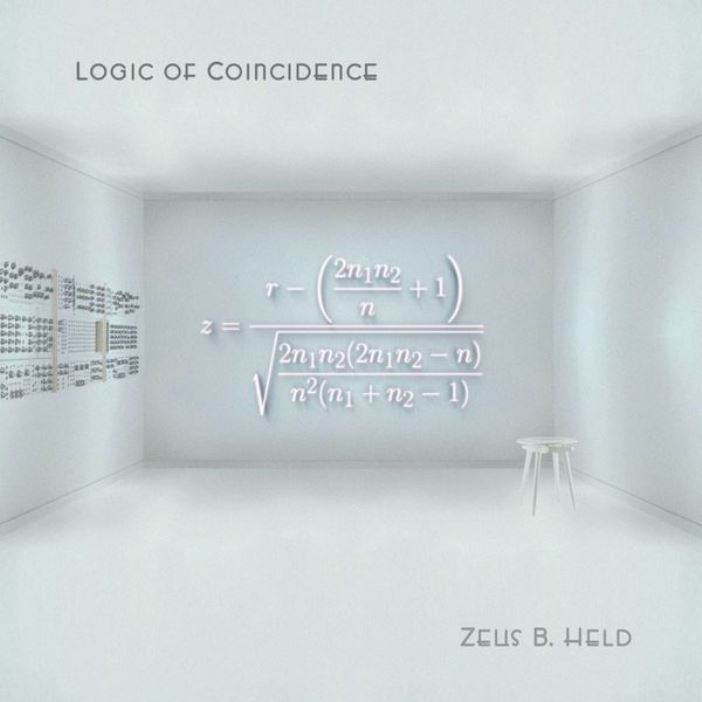
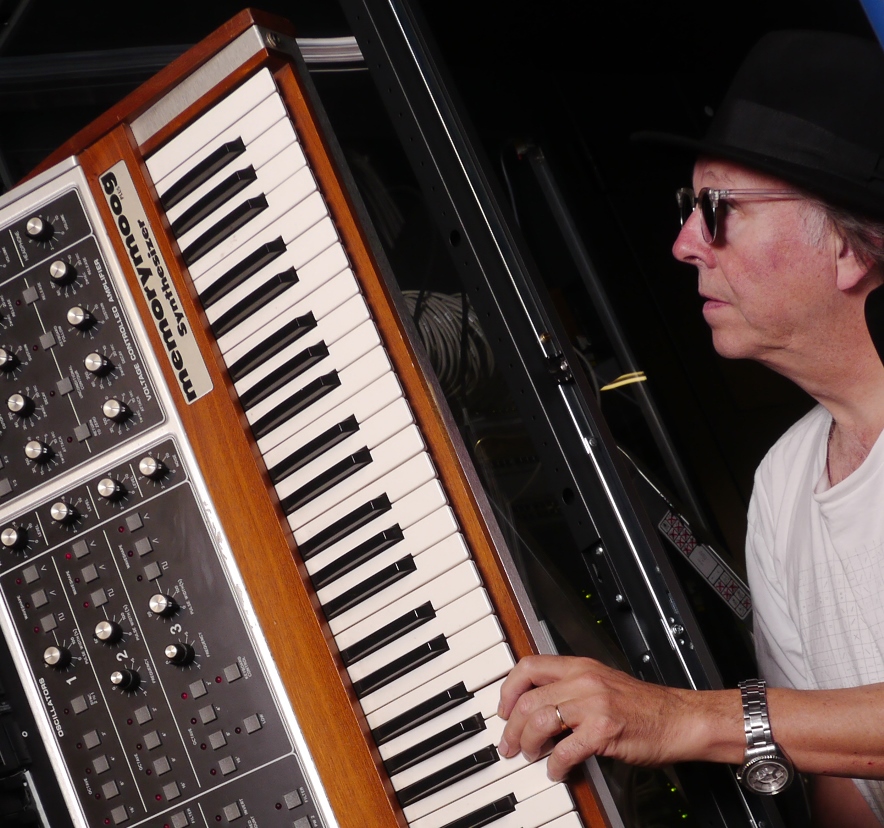
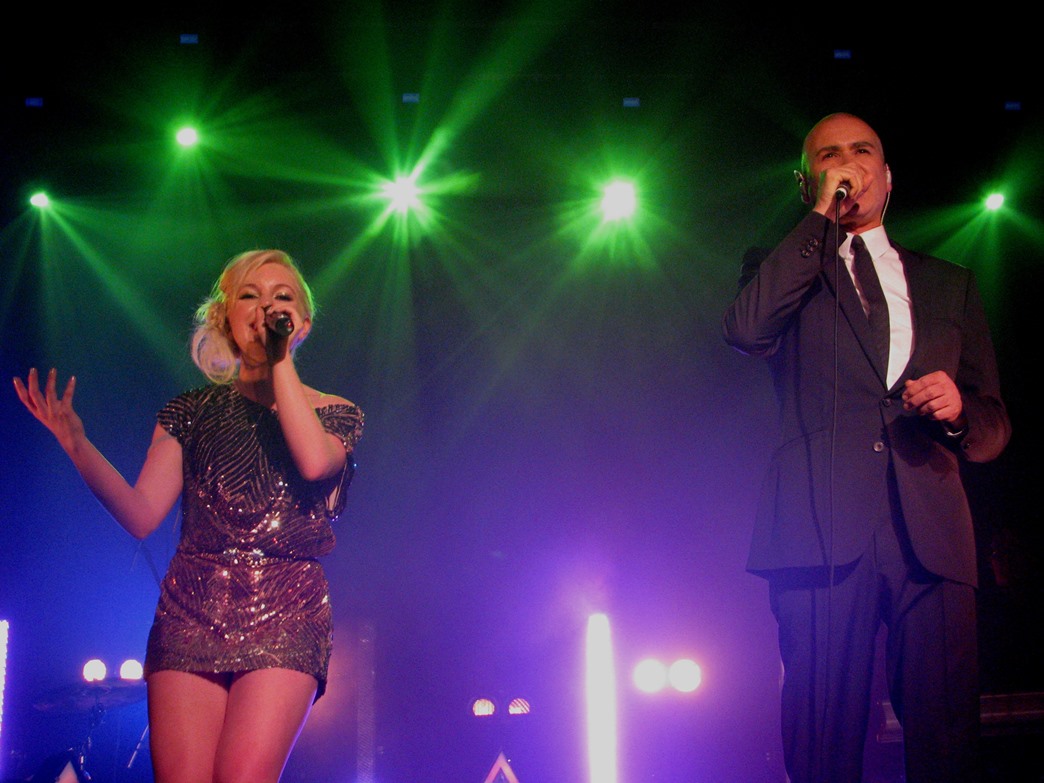

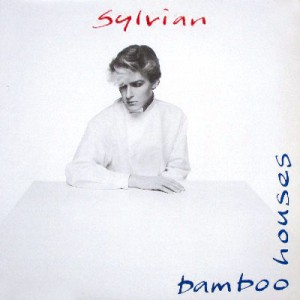
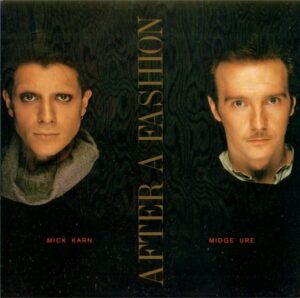
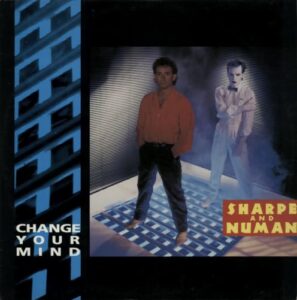
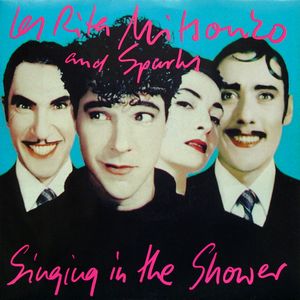
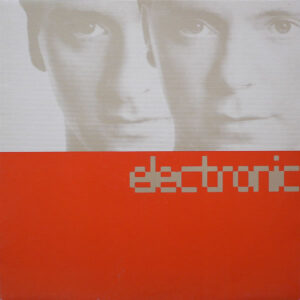
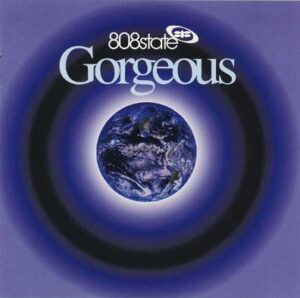

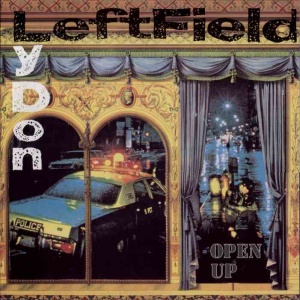
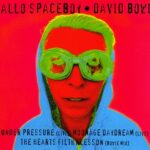
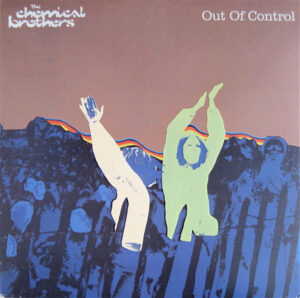
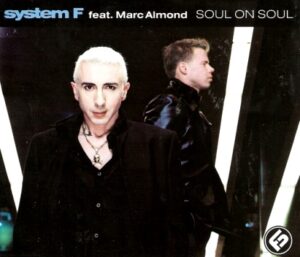
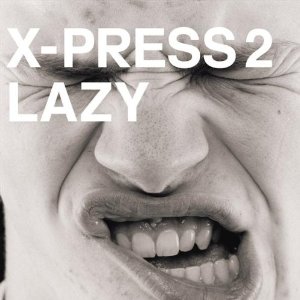
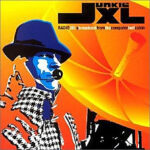

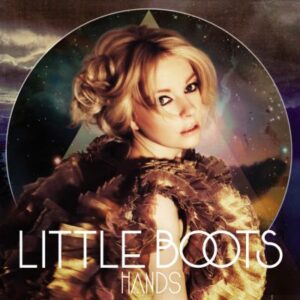
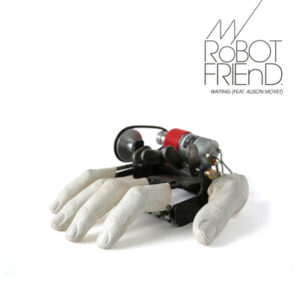

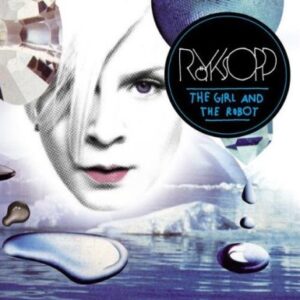
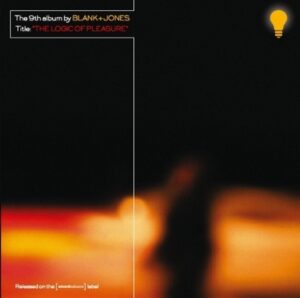
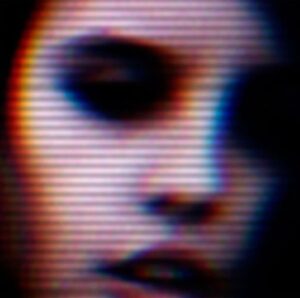
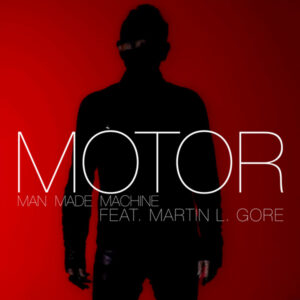

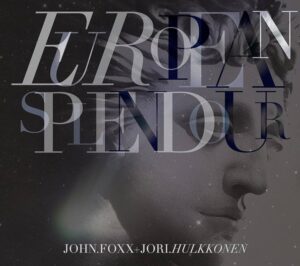
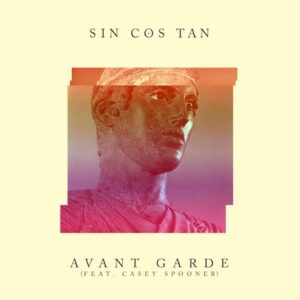
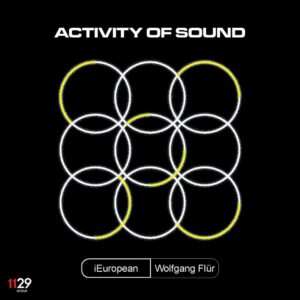



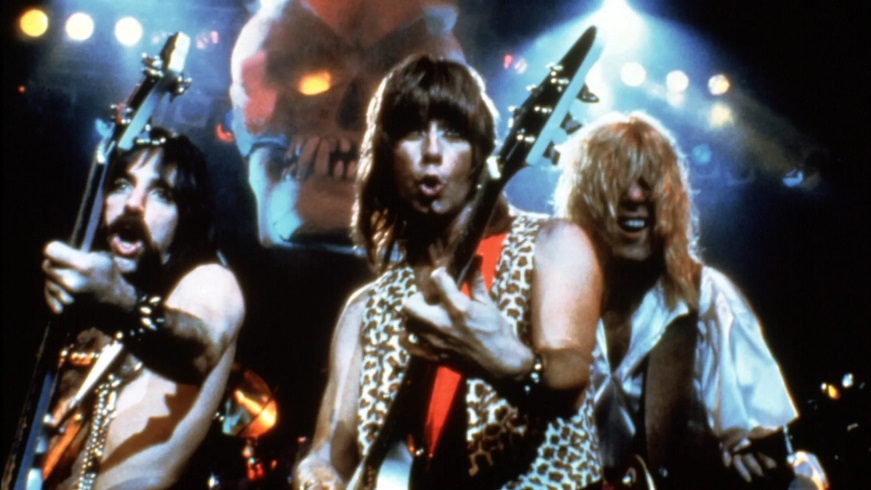
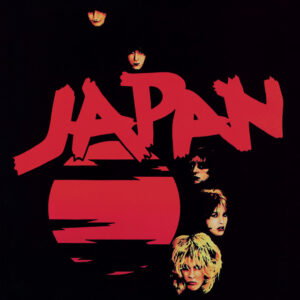
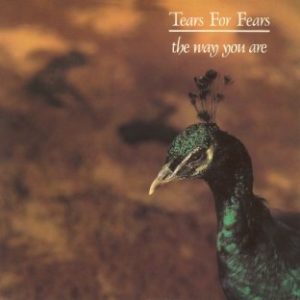
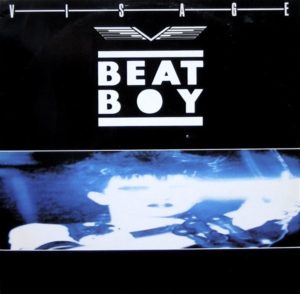
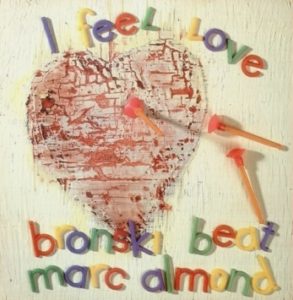
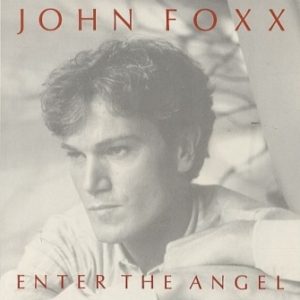
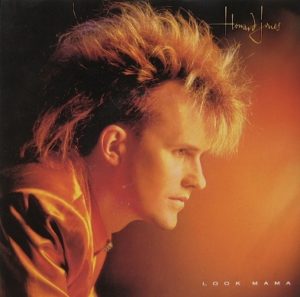

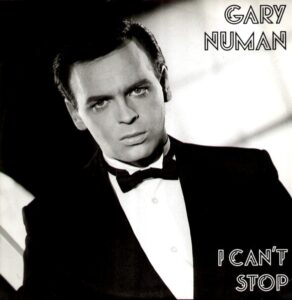

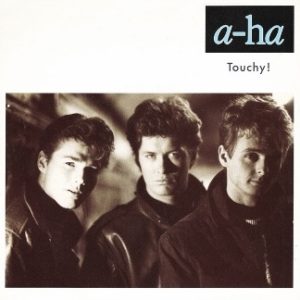
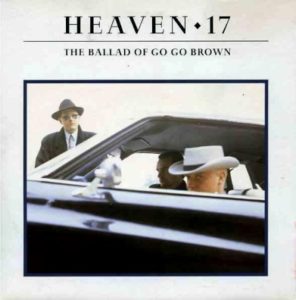
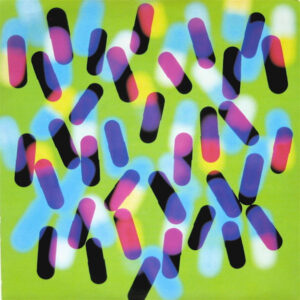
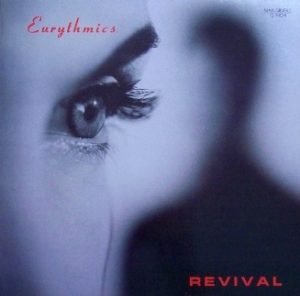
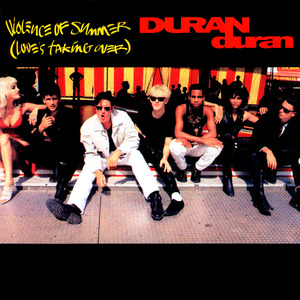
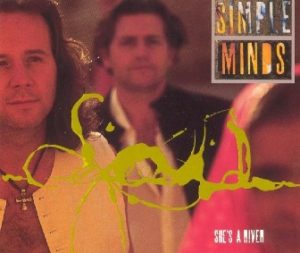
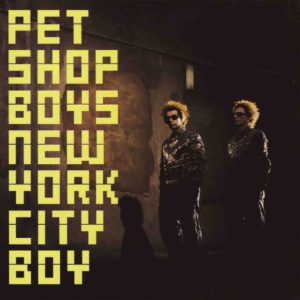
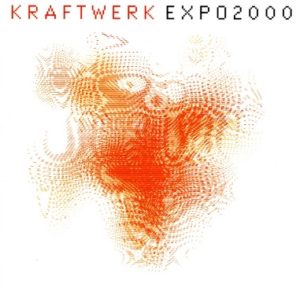
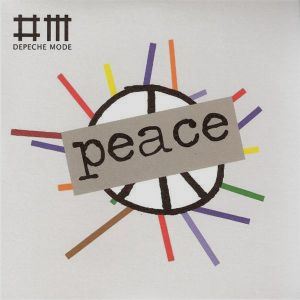

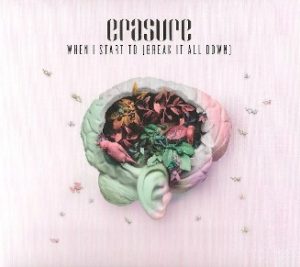
Follow Us!